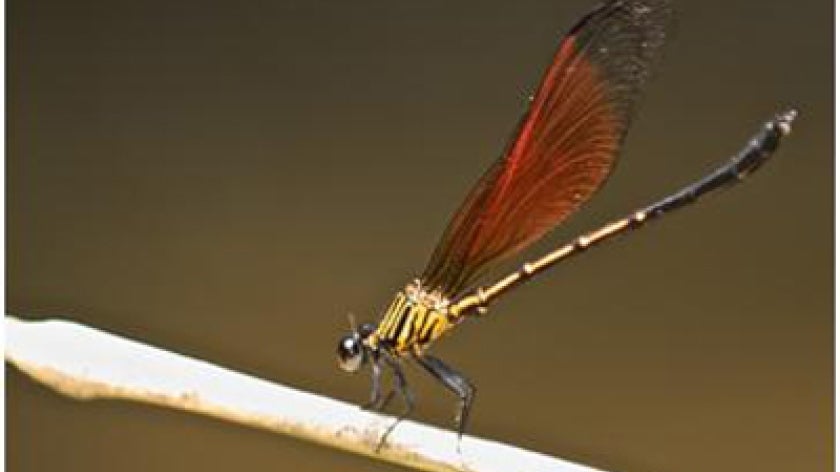
January 11,2012. Washington D.C- Understanding the value of forests and biodiversity, the Global Environment Facility (GEF), the World Bank and BirdLife International collaborated with the Dak Lak Peoples Committee on the Integrated Watershed and Biodiversity Management (IWBM) project in 2005. The project focused on Chu Yang Sin National Park which now protects nearly 60,000 hectares of forests of great significance for the conservation of biodiversity and the upper watersheds of the Sre Pok River - one of the largest tributaries of the Mekong River.
The forests of the Central Highlands of Vietnam protect the upper watersheds of some of central and southern Vietnam’s most important river systems – including the Mekong and Dong Nai Rivers. These rivers support agriculture and fisheries, generate power, and deliver clean water for domestic and industrial consumption supporting the livelihoods and economic well-being of millions. These same forests also support some of Vietnam’s richest remaining biodiversity. Unfortunately, growing pressure on land, illegal resource use, and infrastructure development are exerting extreme pressure on remaining forests and the environmental services they provide.
The project sought to establish public support and effective management for the Park while promoting integrated watershed and biodiversity management. Efforts to protect key biodiversity values are highlighted by worked aimed at stabilizing the interface between natural and agricultural landscapes. At its current
The IWBM project made an important contribution to the conservation of the Park and surrounding forests. It helped improve knowledge of the park’s incredible biodiversity and share this with planners and decision-makers at local, provincial and national level. Surveys supported by the project discovered no less that 17 possible new species to science between 2007 and 2009, generated a comprehensive understanding of the flora and fauna of the park and produced a range of important management tools – for example forest cover maps to help monitor forest cover changes and plan patrolling routes and interpretation products that can now be used to improve awareness environmental values for a range of different stakeholders. An excellent overview of the Park’s biodiversity can be downloaded here.
The project also helped the Park’s management authorities to strengthen their capabilities for day-to-day conservation management and helped the Park’s authorities to engage local communities in forest management and protection. There is now greater recognition of the Park’s values amongst provincial and national decision-makers, and whilst the threats posed by infrastructure remain prominent, there is also a much stronger conservation commitment from these authorities – including substantial funding for Park protection from both provincial and national sources. In future, new sources of funding might be tapped to help local communities around the Park to manage these importance forests for local, regional and global benefits. For example, Payment for Ecosystem Services mechanisms are now being piloted in the central highlands and forest carbon payments generated by REDD+ may also contribute in future - Vietnam is a pilot country for the Forest Carbon Partnership Facility.
For more information about this project, please visit the GEF Project Database